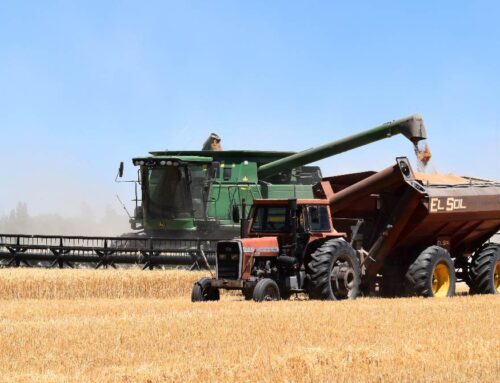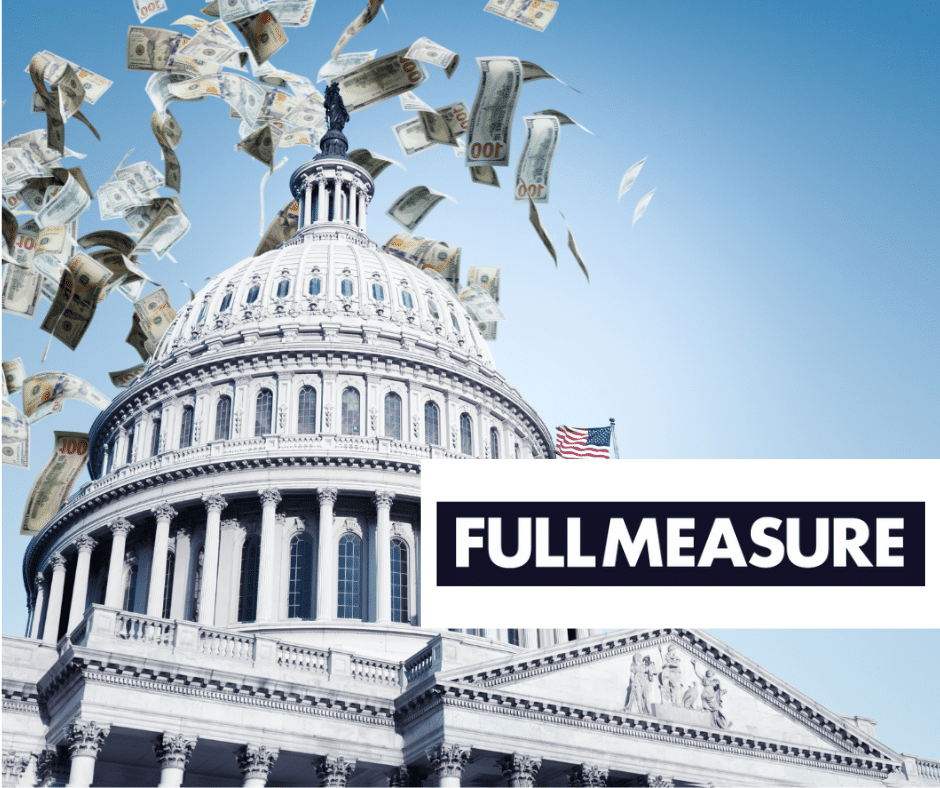This week, the House Agriculture Committee is continuing its hearings in advance of the next bill reauthorization in 2023. The topic on Thursday will be the Supplemental Nutrition Assistance Program (SNAP), formerly known as food stamps. SNAP wasn’t always part of the farm bill. But beginning in 1973, nutrition programs were sandwiched with farm subsidy programs in an effort to pass farm bills with enough votes from both urban and rural lawmakers. Lawmakers need to conduct oversight of farm bill nutrition programs to ensure assistance is directed where needed. Lawmakers must not, however, lose sight of other parts of the farm bill in which subsidies are much more concentrated and the public benefit harder to see.
Title IV, the Nutrition Title of the farm bill, costs more than the other farm bill titles (for research, commodities, crop insurance, conservation, etc.) combined. SNAP is the largest farm bill program in terms of both cost and reach, making up 80 percent of the cost of the bill. In recent years, due to the COVID-19 pandemic, increased unemployment, expansion of nutrition assistance benefits, and other factors, the cost of SNAP increased substantially. Some costs increases were temporary, such as emergency allotment benefit increases due to the pandemic, but others were permanent, including changes to the Thrifty Food Plan which increased monthly benefits during the pandemic (and will continue in the future).
Due to these economic conditions and program changes, the U.S. Department of Agriculture (USDA) reports annual SNAP costs rising from $71 billion in 2016 to $114 billion in 2021. See Table 1 for more information.
| Table 1: Total Supplemental Nutrition Assistance Program (SNAP) Costs, in billions | |
| 2012 | $78.41 |
| 2013 | $79.86 |
| 2014 | $74.06 |
| 2015 | $73.95 |
| 2016 | $70.91 |
| 2017 | $68.18 |
| 2018 | $65.45 |
| 2019 | $60.39 |
| 2020 | $79.26 |
| 2021 | $113.80 |
SNAP costs have historically been influenced by fluctuating enrollment levels and the state of the US economy. After the 2008-2009 recession, SNAP enrollment and annual costs increased. Then costs began to decline in 2014 as the economy recovered. SNAP enrollment had fallen to a 10-year low in 2019 (35.7 million people) before the COVID-19 pandemic began. Enrollment increased to 41.5 million in 2021. Thus, from FY14-19, SNAP costs were lower than initially projected when the program was reauthorized as part of the 2014 farm bill. Beginning in FY20, however, costs rose due to program changes plus the unforeseen pandemic.
According to the Congressional Research Service (CRS), in FY2019, 80 percent of SNAP beneficiaries lived in households at 100 percent of the poverty line or lower. Households with incomes at 131 percent of the poverty line or higher received 6.6 percent of SNAP benefits, with the remainder going to those with incomes at 101-130 percent of poverty.
With a renewed focus on SNAP costs, Congress must ensure that nutrition programs do not distract from necessary oversight and reform in other parts of the farm bill. Prior to the COVID-19 pandemic, the average SNAP beneficiary received $1,500 per year. In contrast, in 2017, farm subsidy recipients received nearly 11 times as much – $16,147* on average. This actually undersells how concentrated the subsidies are because the majority of subsidies flow to the largest 10 percent of producers.
The next farm bill should spend taxpayer dollars effectively and efficiently, while also investing in resilience, instead of dependence on federal subsidies. As a farmer in northeast Nebraska recently told us,
“I don’t need farm payments anymore. I’m old enough.”
Many farm commodity and crop insurance subsidies go to people who don’t want – or need – federal support. While commodity subsidy programs have an adjusted gross income limitation of $900,000 annually, and certain payment caps of $125,000 per year, many loopholes exist. Worse yet, the federal crop insurance program currently has no limitations whatsoever. As a result, millionaires are eligible for unlimited subsidies each year to insure crops and high levels of annual income. While Congress attempted to place subsidy and adjusted gross income caps on crop insurance subsidies in recent farm bills, they weren’t ultimately signed into law – despite bipartisan support.
According to USDA, average US farm households – many of which receive farm subsidies – earn higher incomes as compared to the national average. Specifically, median farm household income was $80,000 in 2020 while the median US household earned approximately $12,500 less. However, no farm household is alike. Some enjoy much higher incomes, while others earn significantly less and actually qualify for SNAP.
| Table 2: Finances of Farm Households, 2020 | |
| Total household income (median dollars per household) | 80,060 |
| U.S. household income* (median dollars per household) | 67,521 |
With recent farm bills costing $1 trillion, plus a record national debt, Congress must use the next farm bill to enact better safety net programs all around. Federal programs must spend taxpayer dollars wisely and root out waste, fraud, and abuse across the board. To achieve this, bold reforms are needed in the next farm bill to ensure unlimited subsidies are not flowing to wealthy, profitable agribusinesses and special interests regardless of the state of the farm economy, income, and/or need. Everyone from farmers to taxpayers agree that the status quo isn’t working, and the opportunity for real reform is now.
Notes: The average 2017 farm subsidy payment was calculated by dividing total subsidies ($16 billion), which includes crop insurance premium subsidies, by 1 million recipients. The information is available in the Environmental Working Group’s farm subsidy database.










